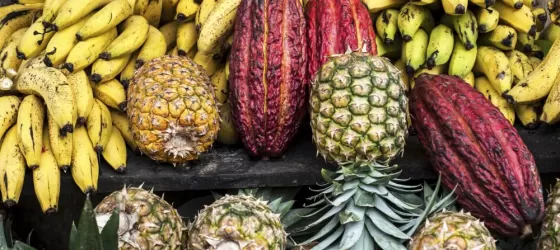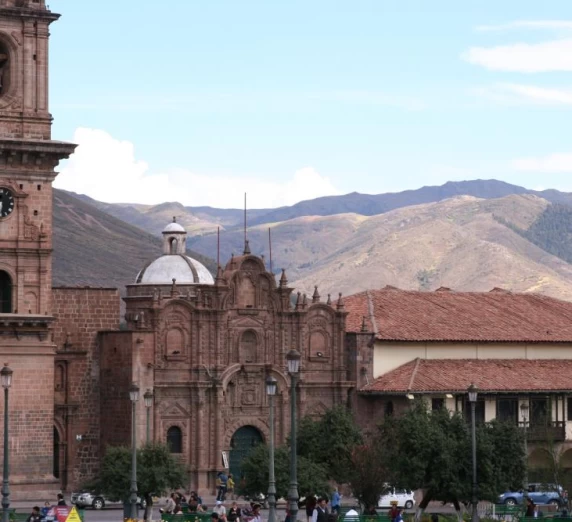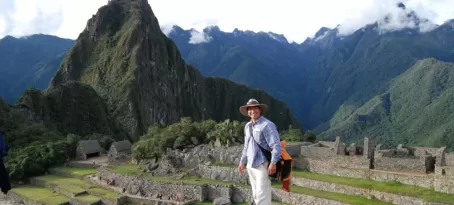Cusco Tours & Treks
Travel made your way ™
Sacred Valley
Erin Correia

Cusco
Allison De Jong

Peru
OGphoto

Lima
Christian Vinces

Sacred Valley
Erin Correia

Cusco
Allison De Jong

Peru
OGphoto

Lima
Christian Vinces

Sacred Valley
Erin Correia












































